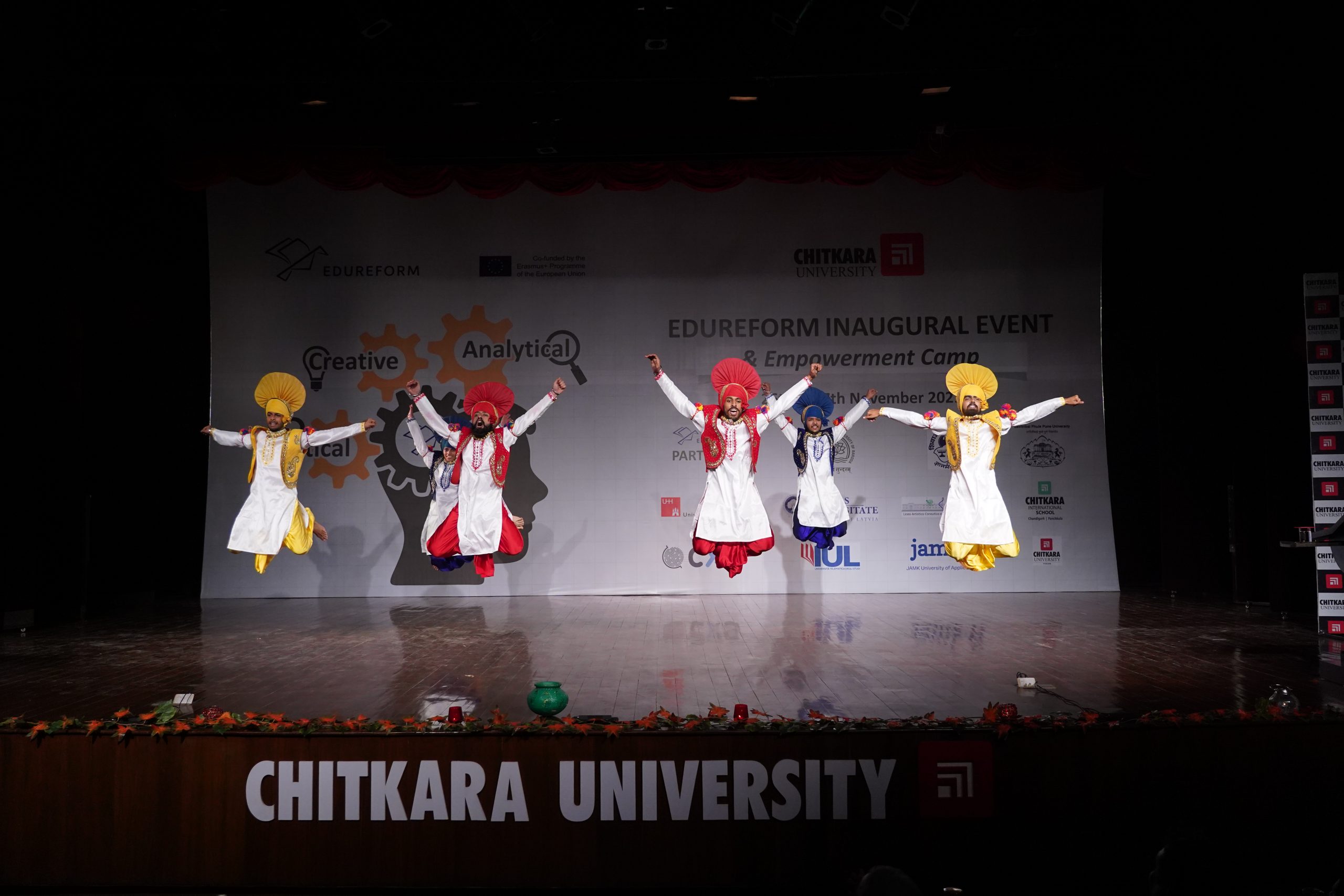About
Edureform project
We are a project co-funded by the European Commission. Our aim is to promote creative, critical and analytical thinking in the classrooms through pre-service and in-service teacher training.



The Context
The 4th Industrial Revolution (4IR) is a fusion of advances in artificial intelligence, robotics, the Internet of Things, and more. As a result of this technological storm, the Fourth Industrial Revolution is paving the way for transformative changes in the way we live, work and are governed. In 2016, a Citi and Oxford University joint report estimated that 57% of jobs are at risk of automation. According to the McKinsey Global Institute, artificial intelligence could replace 800 million jobs by 2030. As the economists Erik Brynjolfsson and Andrew McAfee have pointed out, the revolution could yield greater inequality, particularly in its potential to disrupt labour markets. With the growth of automation, artificial intelligence will replace workers across a vast spectrum of industries and sectors. Martin Ford – in the publication Rise of the Robots: Technology and the Threat of a Jobless Future – states that the jobs most at risk are those which “are on some level routine, repetitive and predictable”, as these tasks are possible to be replicated through Machine Learning algorithms.
Automation and robotics could be an asset for countries with economies characterised with low productive intensity and highly-specialised labour force. Conversely, in a country as India, characterised by high labour density and under skilled labour force, the Fourth Industrial Revolution is likely to generate an earthquake in the labour market. Due to the low average age of the national population, every year the Indian labour market absorbs 12 million young workers. According to the PeopleStrong Report, 1.5million jobs would be lost annually in the country due to automation. The risk is high, as the rise in employment rate could generate societal tension in a society which is already divided among multiple socioeconomic, geographical and religious cleavages. It could erase the developmental steps undertaken by the country in the last 20 years. In this regard it is important to remember as the global number of people living under the poverty line has constantly decreased due to the stunning economic growth occurring in the country.
Education and skills development are key factors in the ‘man or machine’ debate. Technological advancements across various industries will lead to a rise in demand for a more skilled workforce. Policymakers will need to reevaluate current education and skilling programmes to prepare workers better.
Civic organisations can support governments in this process. And although private firms usually have no restrictions on who they hire, they have a moral obligation to help educate and train the labour force to prepare them for the future of work. Particular attention was invested in the role of higher education, as in order to successfully prepare the society for the upcoming changes, the education system and timing are crucial factors.
According to the World Economic Forum, immediate curricula amendments are required to combine traditional education with e-learning, shifting students’ skills toward interculturalism and market demand. According to the study conducted by the McKinsey Global Institute on the Indian labour market, soft skills – critical, analytical and creative skills – will become a must in the Indian productive sectors. Employers will demand labour capable of analysing new problems. A shift is expected in labour demand from “problem solving” to “problem-analysis” skills. More and more, problem-solution tasks will be performed by algorithms and artificial intelligence.
Objectives
The final aim of EDUREFORM is to promote consciousness and to empower Indian future and in-service secondary school teachers to mitigate the expected societal impact of the 4th Industrial Revolution.